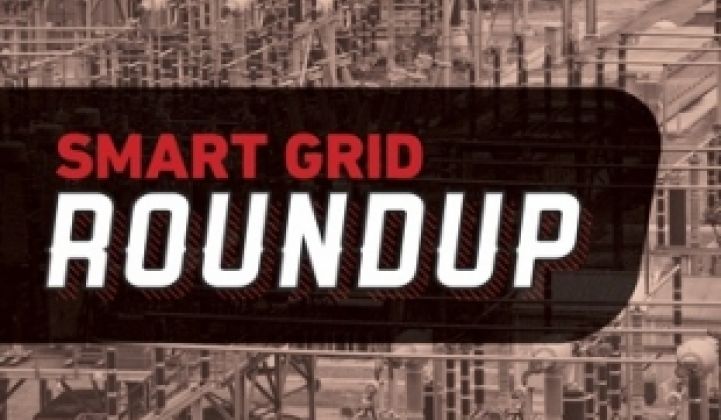These days, there is no smart grid contract too small not to warrant a full-fledged press release.
Metering pilot with a small municipal utility? Press release. Charging station installed in some city? Press release. Vague memorandum of understanding with a large technology company? Press release.
The North American market for smart grid -- everything from distribution automation to home area networks -- has contracted, but has not gone away entirely as federal funds have dried up and regulators grow weary of new technology without proof of value. That has created a market where the smaller wins are increasingly important.
As utilities -- and regulators -- demand a verified return on investment and many municipals and cooperatives tread with caution into smart grid technology, every pilot project that turns into a full-fledged deployment is considered a win, whereas just a few years ago it might have been considered a sure thing.
Trilliant, for example, recently announced the full-scale rollout of a smart grid deployment with Victoria Electric Cooperative in Victoria, Texas. The co-op utility, which serves about 14,000 members, will use Trilliant’s communications platform for various projects in Victoria, including improved operational efficiency, pulling interval data from meters for dynamic pricing, outage detection and customer energy management.
“The Trilliant Platform is a perfect fit for this deployment, as it is a tailor-made solution for Victoria Electric’s energy needs,” said Arnie Liepa, SVP at Trilliant. "Tailor-made" is more important than ever, as utilities large and small need to justify every dollar spent to shareholders, members or city officials. For vendors, that means solutions need to be scalable.
Rural utilities did just get a boost with more than $250 million from the USDA for grid improvements, but the majority of the funds were for transmission upgrades, rather than added intelligence on the grid.
For utilities that have already made inroads with the latest technology, the next few years will be about maximizing the return of the investment. Sacramento Municipal Utility District, for example, announced a contract with Aclara to deploy a consumer engagement platform.
The solution from Aclara will consolidate different tools that SMUD is already using. The goal is to have a seamless customer experience across a range of media, from web to paper, that will allow customers to control and understand their energy and interact with their utility.
"Aclara’s consumer engagement platform will help us centralize and standardize all of the energy information and tools made available to our residential and commercial customers,” said Frankie McDermott, director of SMUD customer services.
At SMUD, consumer engagement is not just a talking point, but a real effort. The muni received $127.5 million in stimulus grants for smart grid projects, which included everything from AMI and to integrating renewables -- all with a focus on the customer.
From the get-go, SMUD knew it would implement dynamic pricing. The utility is now undertaking a two-year study, partially funded by the U.S. Department of Energy, to better understand and fine-tune its dynamic pricing, known as the SmartSacramento Pricing Pilot.
Aclara is a common choice amongst utilities, including many of the utilities with top-ranked websites. For SMUD, the website will be the portal to not only the different plans but also a clearinghouse of information that will constantly be changing to help customers make informed decisions.
SMUD found that the number of IT hours needed to build what it needed was far greater than it had anticipated, which likely prompted the move to look for a vendor that could deliver the solution it needs.
Electrical utilities aren’t the only ones looking for added value once meters are installed. For all utilities, the solutions have to be built around the pain point the utility is feeling, whether it’s lost water, integrating renewables or reducing outage times. The Albuquerque Bernalillo County Water Utility Authority just selected MeterSense and CustomerConnect to provide meter data management and customer engagement for its more than 200,000 water meters.
The utility has already started installing Sensus water meters and will start connecting the to the MDM and customer platform by the fourth quarter of 2012. Drought is an increasing strain across the U.S., but it is already an acute problem in Southwest. The utility will use the technology to further its conservation efforts.
“MeterSense will provide us with new tools to spot anomalies in water use throughout our service area,” she said. “That means we can drive down unaccounted consumption -- from system leaks, for example -- and further support time-of-day watering restrictions,” Katherine Yuhas, Albuquerque Water’s conservation officer, said in a statement. “We want to help our end users think long-term.”



